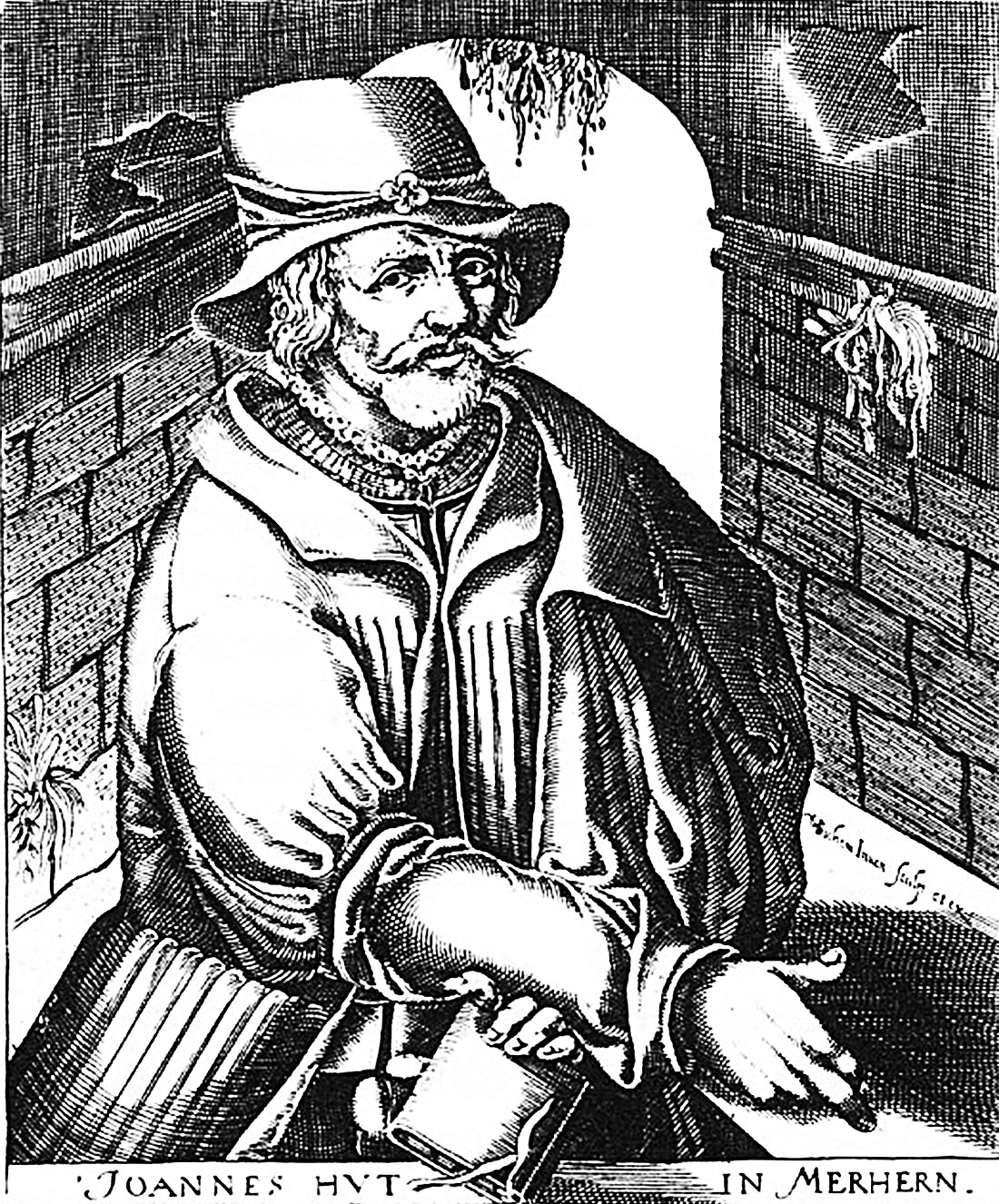|
Milz (Römhild)
Milz is a village and a former municipality in the district of Hildburghausen, in Thuringia, Germany. Since 31 December 2012, it is part of the town Römhild Römhild () is a town in the district of Hildburghausen, in Thuringia, Germany. It is situated 14 km west of Hildburghausen, and 21 km southeast of Meiningen. On 31 December 2012, it merged with the former municipalities Gleichamberg, .... Former municipalities in Thuringia {{Hildburghausen-geo-stub ... [...More Info...] [...Related Items...] OR: [Wikipedia] [Google] [Baidu] |
Römhild
Römhild () is a town in the district of Hildburghausen, in Thuringia, Germany. It is situated 14 km west of Hildburghausen, and 21 km southeast of Meiningen. On 31 December 2012, it merged with the former municipalities Gleichamberg, Haina, Mendhausen, Milz and Westenfeld. In the Stadtkirche of Römhild is the tomb of Elisabeth (a daughter of Albrecht III Achilles, Elector of Brandenburg) and Hermann VIII of Henneberg. The grave has sometimes been attributed to Herman Vischer the Younger (c.1486–1517), a member of the Vischer Family of Nuremberg. Sons and daughters of the town * Hans Hut (1490–1527), Anabaptist * Lucas Maius (1522–1598), Protestant theologian and dramatist * Max Saalmüller (1832–1890), Prussian Lieutenant-Colonel and Lepidopterologist * Alfred Götze (1865–1948), Prehistorian Prehistory, also known as pre-literary history, is the period of human history between the use of the first stone tools by hominins 3.3 million ... [...More Info...] [...Related Items...] OR: [Wikipedia] [Google] [Baidu] |
Hildburghausen (district)
Hildburghausen is a district in Thuringia, Germany. It is bounded by (from the west and clockwise) the district of Schmalkalden-Meiningen, the city of Suhl, the districts of Ilm-Kreis, Saalfeld-Rudolstadt and Sonneberg, and the state of Bavaria (districts of Coburg, Haßberge and Rhön-Grabfeld). Located roughly halfway between the mountain chains of the Rhön and the Thuringian Forest, the district is densely forested and covered by hilly countryside. Its territory is similar to that of the former Ernestine duchy, Saxe-Hildburghausen. Towns and municipalities Coat of arms The coat of arms displays: * the heraldic lion of Meißen, the precursor state to Saxony * the cock representing the counts of Henneberg, who ruled the region until 1583 * below the symbol of the bishopric of Würzburg In church governance, a diocese or bishopric is the ecclesiastical district under the jurisdiction of a bishop. History In the later organization of the Roman Empire, the i ... [...More Info...] [...Related Items...] OR: [Wikipedia] [Google] [Baidu] |
Thuringia
Thuringia (; german: Thüringen ), officially the Free State of Thuringia ( ), is a state of central Germany, covering , the sixth smallest of the sixteen German states. It has a population of about 2.1 million. Erfurt is the capital and largest city. Other cities are Jena, Gera and Weimar. Thuringia is bordered by Bavaria, Hesse, Lower Saxony, Saxony-Anhalt, and Saxony. It has been known as "the green heart of Germany" () from the late 19th century due to its broad, dense forest. Most of Thuringia is in the Saale drainage basin, a left-bank tributary of the Elbe. Thuringia is home to the Rennsteig, Germany's best-known hiking trail. Its winter resort of Oberhof makes it a well-equipped winter sports destination – half of Germany's 136 Winter Olympic gold medals had been won by Thuringian athletes as of 2014. Thuringia was favoured by or was the birthplace of three key intellectuals and leaders in the arts: Johann Sebastian Bach, Johann Wolfgang von Goethe, a ... [...More Info...] [...Related Items...] OR: [Wikipedia] [Google] [Baidu] |
Germany
Germany, officially the Federal Republic of Germany (FRG),, is a country in Central Europe. It is the most populous member state of the European Union. Germany lies between the Baltic and North Sea to the north and the Alps to the south. Its 16 constituent states have a total population of over 84 million in an area of . It borders Denmark to the north, Poland and Czechia to the east, Austria and Switzerland to the south, and France, Luxembourg, Belgium, and the Netherlands to the west. The nation's capital and most populous city is Berlin and its main financial centre is Frankfurt; the largest urban area is the Ruhr. Settlement in what is now Germany began in the Lower Paleolithic, with various tribes inhabiting it from the Neolithic onward, chiefly the Celts. Various Germanic tribes have inhabited the northern parts of modern Germany since classical antiquity. A region named Germania was documented before AD 100. In 962, the Kingdom of Germany formed the ... [...More Info...] [...Related Items...] OR: [Wikipedia] [Google] [Baidu] |

